TIP374: MASTERMIND Q3 2021
W/ TOBIAS CARLISLE
28 August 2021
In today’s episode, Stig Brodersen speaks to Tobias Carlisle about why Alibaba and US homebuilders are where you can find value in today’s market.
IN THIS EPISODE, YOU’LL LEARN:
- Why does Tobias Carlisle see value in PulteGroup and homebuilders.
- Understanding boom and bust cycle of PulteGroup.
- What is true inflation?
- The impact of inflation has on how Stig invests.
- Why value ETFs are often focused on the US or international and not global.
- Why Stig is finding value in Alibaba.
- Which price did Charlie Munger, Mohnish Pabrai, and Guy Spier buy Alibaba at?
- An overview of Alibaba’s business model and business units.
- What is the impact of regulatory changes on Alibaba?
- The rationale that the Chinese government had for the recent crackdown.
- Difference between the US and Chinese legislation for big tech.
- How to value the unprofitable part of Alibaba and Google’s business.
- Understanding Alibaba’s ecosystem.
TRANSCRIPT
Disclaimer: The transcript that follows has been generated using artificial intelligence. We strive to be as accurate as possible, but minor errors and slightly off timestamps may be present due to platform differences.
Stig Brodersen (00:00:03):
On today’s show, I invited expert value investors Tobias Carlisle. In the first part of the episode, we talk about the value that Tobias sees in home builders, and we also talk about what we think the true inflation is and how it has changed our investment strategy.
Stig Brodersen (00:00:16):
In the second part of the discussion, I’m pitching Alibaba. This is a stock that Charlie Munger, Mohnish Pabrai, and Guy Spier have recently bought, and since then, the stock has dropped like a rock. Is this a falling knife or is this a major value opportunity? You don’t want to miss out on this mastermind discussion. Without further delay, let’s hop to it.
Intro (00:00:36):
You are listening to The Investor’s Podcast, where we study the financial markets and read the books that influence self-made billionaires the most. We keep you informed and prepared for the unexpected.
Stig Brodersen (00:01:01):
Welcome to The Investor’s Podcast. I’m your host, Stig Brodersen and I am here for the mastermind meeting if I can call it like that. Preston isn’t here because Preston is doing all this thing with Bitcoin so he hasn’t been a part of the group here for the past, I think, two times now. Harry had a last-minute family emergency, and so if you can call Toby and me the mastermind group. What do you think Toby, can we call it the mastermind group meaning just you and I?
Tobias Carlisle (00:01:26):
I think we should call it the mastermind group, but we should just put out, it’s just the two of us.
Stig Brodersen (00:01:32):
Right. But we’re still doing the same form of like we both had a bit prepared something want to talk about, and then perhaps we had something afterward. We had the chance now, have time to chat about it. Now without Preston, Harry, taking out all the talking.
Tobias Carlisle (00:01:46):
Finally.
Stig Brodersen (00:01:47):
Right, finally. Yes, we waited. Waited since 2015 to have this conversation, Toby. I think you’ve always been good starting out. The rest of us being too nervous to get started. I know you want to talk about home builders, so I want to throw it over to you.
Tobias Carlisle (00:02:04):
Most folks will know that in the states, there was a home building boom through the first decade of the millennium, and that then resulted in a monster bust. There’ve been lots of movies made about that, Mike Barry being featured in The Big Short because he was trading the derivatives of those things.
Tobias Carlisle (00:02:26):
But basically, the bust was so devastating that the last decade, which is the second decade of the millennium, everybody has under-invested in… home starts have been well below average and we’re only now… We’ve got home start data going all the way back to 1959 in the states. You can look at that and it’s easy to see what happens. There’s this pattern where the market gets too hot probably, and then it crashes and it starts from a low base and it runs back up again until it gets too hot, and then it crashed. That pattern has occurred pretty consistently since 1959.
HELP US OUT!
Help us reach new listeners by leaving us a rating and review on Apple Podcasts! It takes less than 30 seconds, and really helps our show grow, which allows us to bring on even better guests for you all! Thank you – we really appreciate it!
BOOKS AND RESOURCES
- Mastermind Discussion Q2 2021.
- Stig’s masterclass in inflation interview with Cullen Roche
- The original Alibaba mastermind discussion from Q1 2019.
- Our FREE stock analysis resource, Intrinsic Value Index.
- Subscribe to our FREE Intrinsic Value Assessments.
- Tobias Carlisle’s podcast, The Acquires Podcast.
- Tobias Carlisle’s ETF, ZIG.
- Tobias Carlisle’s ETF, Deep.
- Tobias Carlisle’s book, The Acquirer’s Multiple – read reviews of this book.
- Tobias Carlisle’s Acquirer’s Multiple stock screener: AcquirersMultiple.com.
NEW TO THE SHOW?
- Check out our We Study Billionaires Starter Packs.
- Browse through all our episodes (complete with transcripts) here.
- Try our tool for picking stock winners and managing our portfolios: TIP Finance Tool.
- Enjoy exclusive perks from our favorite Apps and Services.
- Stay up-to-date on financial markets and investing strategies through our daily newsletter, We Study Markets.
- Learn how to better start, manage, and grow your business with the best business podcasts.
P.S The Investor’s Podcast Network is excited to launch a subreddit devoted to our fans in discussing financial markets, stock picks, questions for our hosts, and much more! Join our subreddit r/TheInvestorsPodcast today!
SPONSORS
- Get three months free when you protect yourself with ExpressVPN, the VPN we trust to keep us private online.
- Communicate your ideas in the best way possible with Canva.
- Teach kids good money habits the fun and easy way with GoHenry’s debit card for kids and app for parents. Get one free month with promo code WSB.
- Donate to GiveWell’s recommended charities and have your donation matched up to $1,000 before the end of August or as long as matching funds last if you’ve never donated before. Pick PODCAST and We Study Billionaires or enter code TIP at checkout.
- Join OurCrowd and get to invest in medical technology, breakthroughs in ag-tech and food production, solutions in the multi-billion dollar robotic industry, and so much more.
- Start feeling better with a single message. Match with a licensed therapist with Talkspace and get $100 off your first month with the promo code WSB.
- Never miss out on a great home because you haven’t sold your current one. Experience stress-free home-buying with Orchard.
- Get into a topic quickly, find new topics, and figure out which books you want to spend more time listening to more deeply with Blinkist. Get 25% off and a 7-day free trial today.
- The all-electric Cooper SE starts at only $29,900. It’s everything you love about MINI fully electrified. Reserve yours now.
- Read the 9 Key Steps to Effective Personal Financial Management.
- Support our free podcast by supporting our sponsors.
Disclosure: The Investor’s Podcast Network is an Amazon Associate. We may earn commission from qualifying purchases made through our affiliate links.
PROMOTIONS
Check out our latest offer for all The Investor’s Podcast Network listeners!












